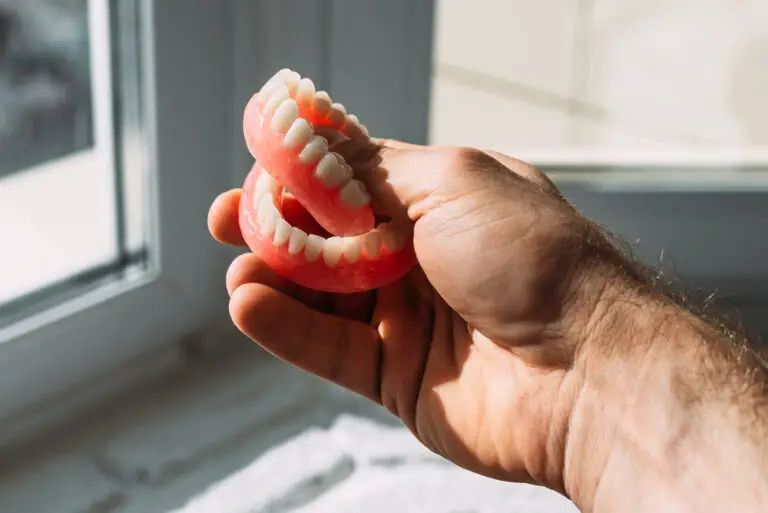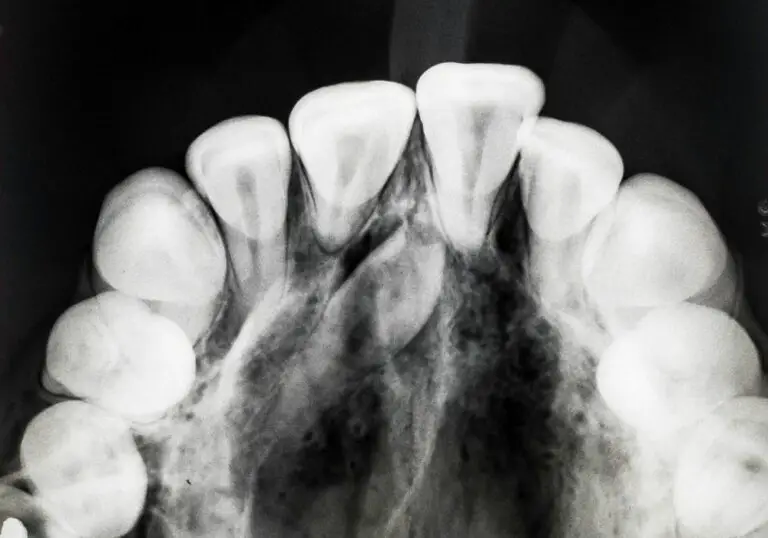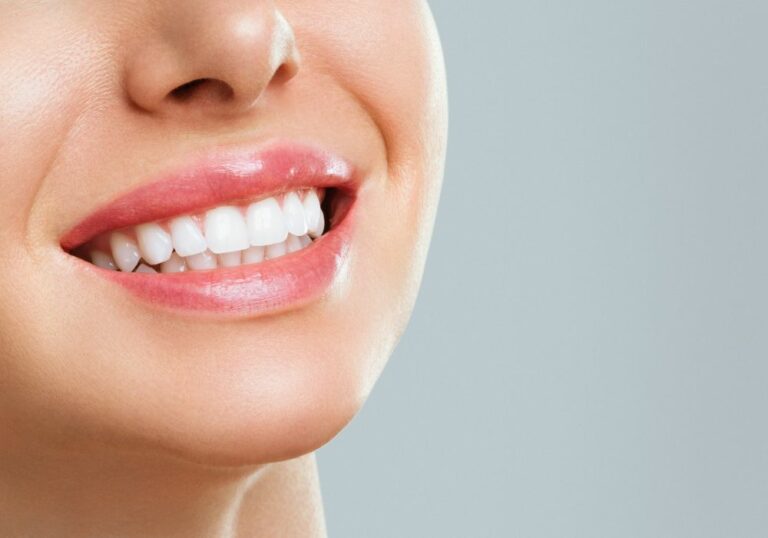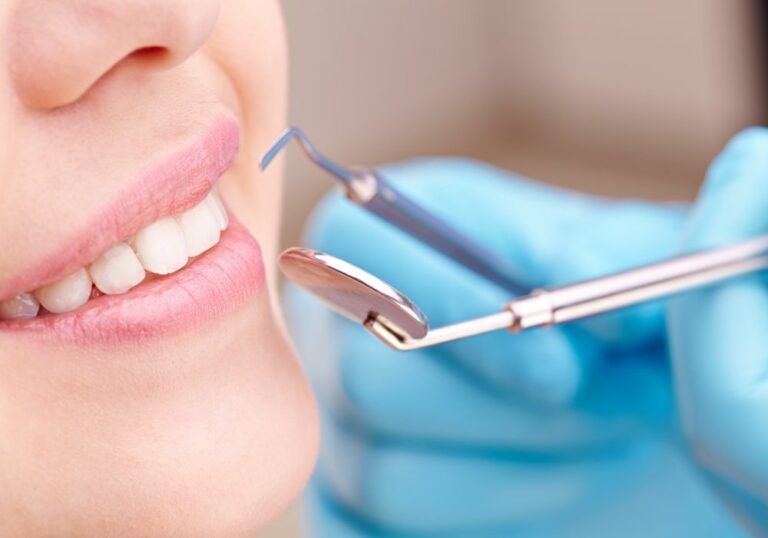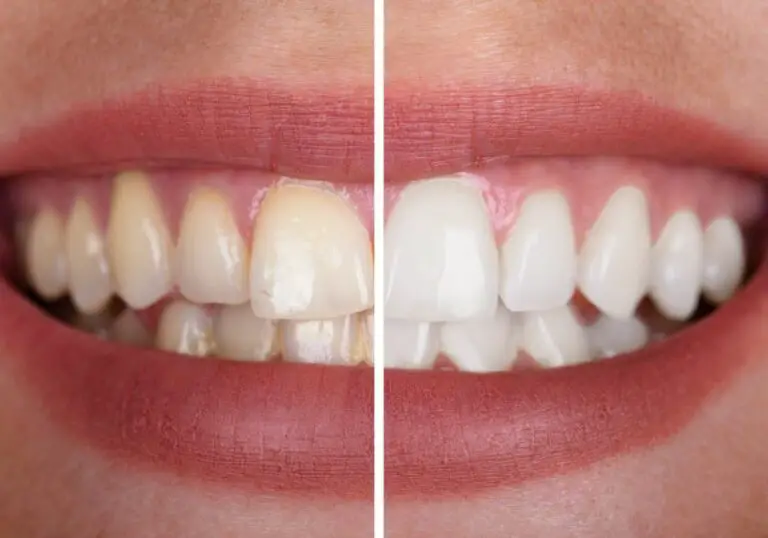Are you wondering what teeth numbers 30 and 31 are? Understanding tooth numbering can be confusing, but it is important to know which teeth are which, especially if you need dental work done. Teeth numbers 30 and 31 are located in the lower jaw, also known as the mandibular arch.
Tooth number 30 is the lower right first molar, while tooth number 31 is the lower right second molar. These molars are important for chewing and grinding food, and losing them can affect your ability to eat and speak properly. If you have lost these teeth, it is recommended to replace them to maintain proper dental function.
Knowing the location and function of teeth numbers 30 and 31 can help you communicate effectively with your dentist and make informed decisions about your dental health. Keep reading to learn more about tooth numbering and the importance of maintaining healthy teeth.
Understanding Teeth Numbering System
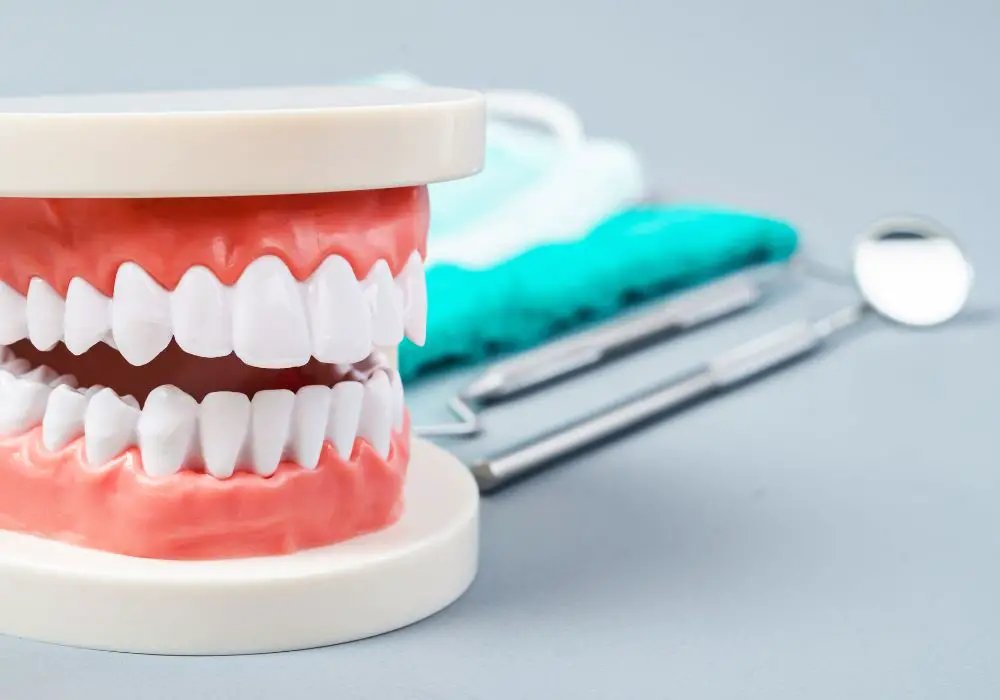
Understanding the teeth numbering system is essential for anyone who wants to learn more about their teeth. The system is a helpful tool to identify each tooth in the mouth with a corresponding number. It can help when it comes to brushing your teeth, identifying cavities, and discussing dental procedures with your dentist.
The teeth numbering system is composed of two arches: the maxillary arch (upper jaw) and the mandibular arch (lower jaw). The teeth in each arch are numbered from 1 to 16, starting from the back of the mouth. Teeth number 1 to 16 are located in the maxillary arch, while teeth number 17 to 32 are located in the mandibular arch.
Tooth numbering follows a universal numbering system that is recognized worldwide. The American Dental Association (ADA) has established a standard numbering system that is widely used in the United States. The system is based on a two-digit number, with the first digit indicating the quadrant of the mouth and the second digit indicating the tooth’s position within that quadrant.
Here is a breakdown of the numbering system:
- Quadrant 1: Upper right (teeth 1-8)
- Quadrant 2: Upper left (teeth 9-16)
- Quadrant 3: Lower left (teeth 17-24)
- Quadrant 4: Lower right (teeth 25-32)
Each tooth is assigned a unique number based on its position within the quadrant. For example, tooth number 30 represents the first molar (6-year molar) in the lower right quadrant, while tooth number 31 represents the second molar (12-year molar) in the lower right quadrant.
It’s important to note that the numbering system is not always used in dental offices. Some dentists may refer to teeth by their common names, such as incisors, canines, premolars, and molars. However, understanding the numbering system can help you communicate with your dentist more effectively and make informed decisions about your dental health.
Location of Teeth 30 and 31
When it comes to dental health, it is important to understand the location and function of each of your teeth. Teeth 30 and 31 are located in the lower right side of your mouth, and are also known as the lower right first and second molars. These teeth are responsible for grinding and chewing food, and are therefore crucial to maintaining proper oral health and overall well-being.
Teeth 30 and 31 are part of the mandibular arch, which is the lower jawbone. The mandibular arch is made up of 16 teeth, including four incisors, two canines, four premolars, and six molars. Teeth 30 and 31 are the last two molars in the arch, and are located behind the second premolar and in front of the wisdom tooth.
The lower right first molar, or tooth 30, typically erupts between the ages of 6 and 7, while the lower right second molar, or tooth 31, usually erupts between the ages of 11 and 13. These teeth are permanent, and will remain in your mouth for the rest of your life if properly cared for.
If you experience pain or discomfort in teeth 30 and 31, it is important to visit your dentist as soon as possible. Common issues that can affect these teeth include cavities, gum disease, and impacted wisdom teeth. Your dentist can perform a thorough examination and recommend the appropriate treatment to help you maintain optimal dental health.
Role and Function of Teeth 30 and 31
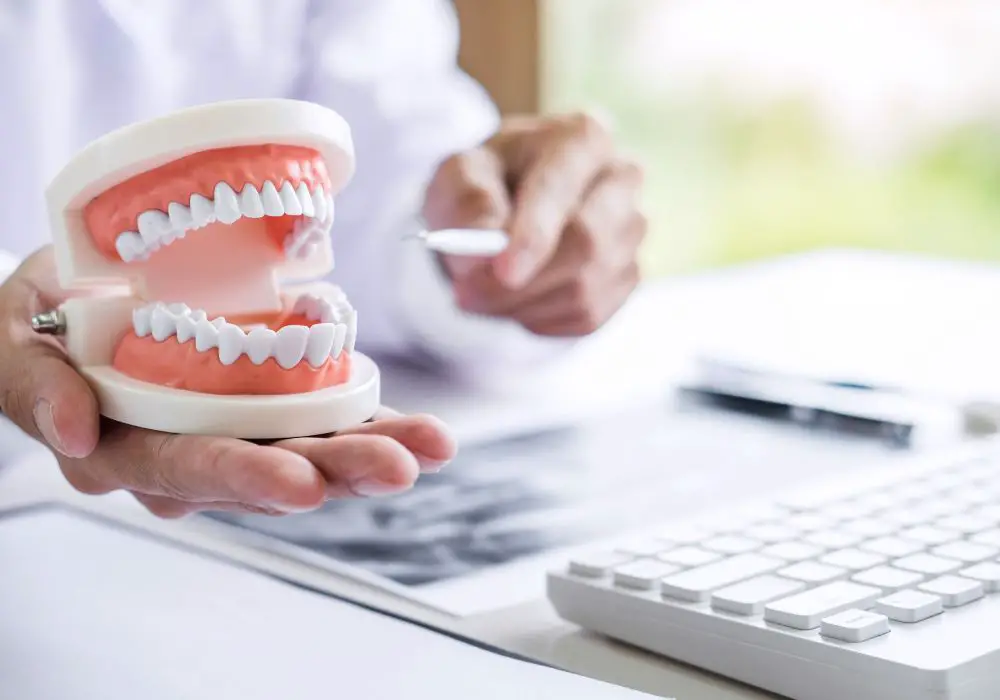
Teeth 30 and 31 are located in the lower jaw, also known as the mandible, and are the second molars from the back on each side. These teeth play an important role in your chewing ability and overall oral health.
As molars, teeth 30 and 31 have a flat surface with multiple cusps that are designed to grind and crush your food into smaller pieces. This makes it easier for your body to digest and absorb nutrients from the food you eat.
In addition to their role in digestion, teeth 30 and 31 also help to maintain the alignment of your other teeth. When a tooth is missing, the surrounding teeth can shift out of place, causing bite problems and other dental issues.
If you have lost teeth 30 and 31, it is recommended that you have them replaced as soon as possible to prevent further dental problems. Your dentist can help you determine the best replacement option for your individual needs and budget.
Overall, teeth 30 and 31 are important for your oral health and overall well-being. By taking good care of your teeth and seeking prompt dental treatment when necessary, you can ensure that your smile remains healthy and beautiful for years to come.
Common Problems with Teeth 30 and 31
Teeth 30 and 31 are the last molars at the back of your mouth, also known as the lower second molars. They play a crucial role in chewing and grinding food. However, they are also prone to various dental problems, which can cause discomfort, pain, and affect your overall oral health.
Here are some common problems that you may encounter with teeth 30 and 31:
- Tooth decay: Tooth decay is one of the most common dental problems that can affect any tooth, including teeth 30 and 31. It occurs when bacteria in your mouth produce acid that erodes the tooth enamel, leading to cavities. If left untreated, tooth decay can cause pain, infection, and even tooth loss. To prevent tooth decay, it is essential to maintain good oral hygiene, limit sugary and acidic foods, and visit your dentist regularly.
- Gum disease: Gum disease, also known as periodontal disease, is a bacterial infection that affects the gums and bone that support your teeth. It can lead to inflammation, bleeding, and eventually tooth loss if left untreated. Teeth 30 and 31 are particularly vulnerable to gum disease as they are located at the back of your mouth, making them harder to clean. To prevent gum disease, it is crucial to brush and floss regularly, use an antiseptic mouthwash, and visit your dentist for professional cleaning.
- Impacted wisdom teeth: Wisdom teeth, also known as third molars, usually erupt between the ages of 17 and 25. However, they can become impacted, meaning they are unable to emerge properly due to lack of space or other factors. Impacted wisdom teeth can cause pain, swelling, infection, and damage to nearby teeth. Teeth 30 and 31 can be affected by impacted wisdom teeth, leading to discomfort and other dental problems. If you experience pain or swelling in your wisdom teeth area, consult your dentist for treatment options.
In conclusion, teeth 30 and 31 are essential for proper chewing and grinding of food. However, they are prone to various dental problems that can affect your oral health. By maintaining good oral hygiene, visiting your dentist regularly, and seeking prompt treatment for any dental issues, you can keep your teeth healthy and avoid complications.
Treatment Options for Teeth 30 and 31
If you have lost teeth 30 and 31, there are several treatment options available to restore your dental health. These teeth are important for chewing, so it is recommended to replace them as soon as possible. Here are some of the treatment options you can consider:
Dental Implants
Dental implants are a popular option for replacing missing teeth, including teeth 30 and 31. A dental implant is a titanium post that is surgically placed into the jawbone, where it fuses with the bone to create a stable base for a dental crown. The crown is then attached to the implant, creating a natural-looking and functional replacement tooth.
Fixed Bridges
Another option for replacing teeth 30 and 31 is a fixed bridge. A bridge is a prosthetic device that is anchored to the adjacent teeth and spans the gap where the missing teeth are located. The bridge is made up of one or more artificial teeth, called pontics, that are attached to dental crowns on either side of the gap.
Partial Dentures
Partial dentures are removable dental appliances that are designed to replace one or more missing teeth. They are made up of an artificial tooth or teeth that are attached to a plastic or metal framework. The framework is then attached to the remaining natural teeth using metal clasps.
Combination of Treatments
In some cases, a combination of treatments may be recommended to replace teeth 30 and 31. For example, a dental implant may be used to replace one tooth, while a fixed bridge may be used to replace the other. Your dentist can help you determine which treatment options are best suited to your needs.
It is important to replace missing teeth to prevent further dental problems, such as shifting teeth, bite problems, and jawbone loss. Talk to your dentist to learn more about your treatment options for teeth 30 and 31.
Preventive Measures for Teeth 30 and 31
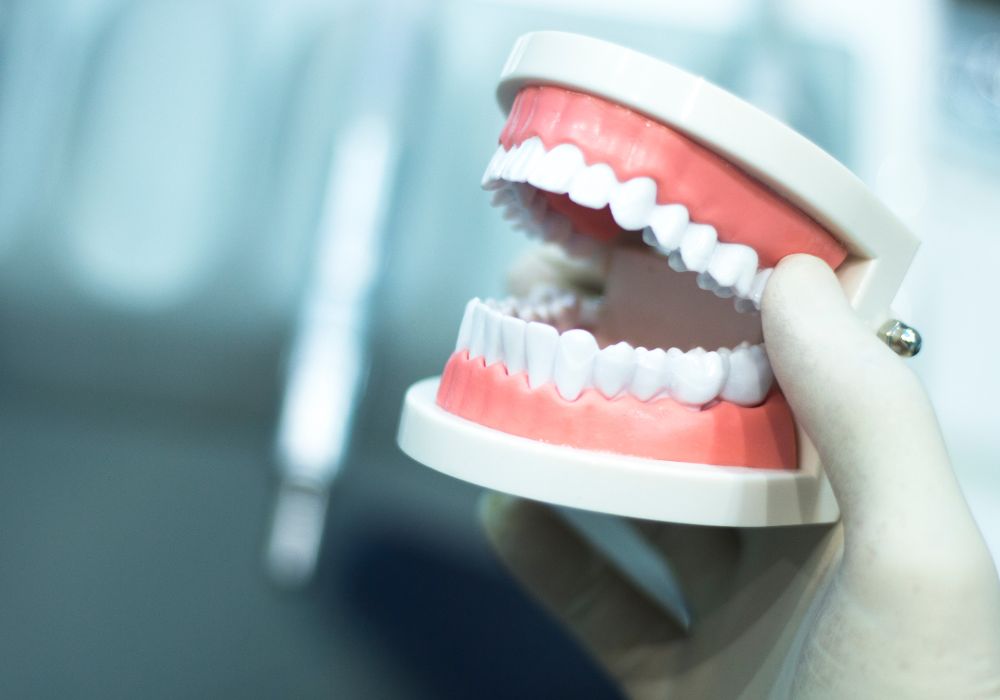
Taking good care of your teeth is essential for maintaining good oral health. Teeth 30 and 31 are your lower molars and are crucial for chewing food properly. Here are some preventive measures you can take to keep your teeth 30 and 31 healthy:
Brush Your Teeth Regularly
Brush your teeth at least twice a day with fluoride toothpaste. Brushing your teeth removes plaque, a sticky film of bacteria that can cause tooth decay. Be sure to brush all surfaces of your teeth, including the chewing surfaces, the inside surfaces, and the outside surfaces.
Floss Daily
Flossing removes plaque and food particles from between your teeth and under the gumline. Use a gentle back-and-forth motion to slide the floss between your teeth. Curve the floss around the base of each tooth, making sure you go beneath the gumline.
Use Mouthwash
Mouthwash can help kill bacteria that cause bad breath and gum disease. Use a mouthwash that contains fluoride to help prevent tooth decay.
Avoid Sugary and Acidic Foods and Drinks
Sugary and acidic foods and drinks can erode your tooth enamel and cause tooth decay. Limit your intake of sugary and acidic foods and drinks, such as soda, candy, and citrus fruits.
Visit Your Dentist Regularly
Regular dental checkups and cleanings are essential for maintaining good oral health. Your dentist can detect and treat any dental problems before they become more serious.
By following these preventive measures, you can help keep your teeth 30 and 31 healthy and strong. Remember to practice good oral hygiene every day to maintain good oral health.
Frequently Asked Questions
What is the Palmer tooth numbering system?
The Palmer tooth numbering system is a method used by dentists to identify teeth in the mouth. In this system, each tooth is assigned a number from 1 to 8, starting from the center of the mouth and moving towards the back. The upper teeth are assigned numbers from 1 to 8, while the lower teeth are assigned numbers from 9 to 16.
What is the tooth number chart used by dentists?
The tooth number chart used by dentists is called the Universal Numbering System. In this system, each tooth is assigned a unique number from 1 to 32. The upper teeth are assigned numbers from 1 to 16, while the lower teeth are assigned numbers from 17 to 32.
How can I identify tooth 31 in my mouth?
Tooth 31 is one of the molars located in the lower jaw. It is the second molar from the center of the mouth on the left side. If you run your tongue along the back of your lower teeth on the left side, you should be able to feel tooth 31.
On which side of the mouth is tooth 30 located?
Tooth 30 is also one of the molars located in the lower jaw. It is the second molar from the center of the mouth on the right side. If you run your tongue along the back of your lower teeth on the right side, you should be able to feel tooth 30.
What are the surfaces of tooth 30?
Tooth 30 has five surfaces: the occlusal surface, the mesial surface, the distal surface, the buccal surface, and the lingual surface. The occlusal surface is the flat chewing surface of the tooth, while the mesial surface is the side of the tooth facing towards the center of the mouth. The distal surface is the side of the tooth facing away from the center of the mouth. The buccal surface is the side of the tooth facing towards the cheek, while the lingual surface is the side of the tooth facing towards the tongue.
Is tooth 31 located on the top or bottom row of teeth?
Tooth 31 is located in the bottom row of teeth, also known as the mandibular arch. It is one of the molars, which are the large, flat teeth at the back of the mouth used for chewing and grinding food.

